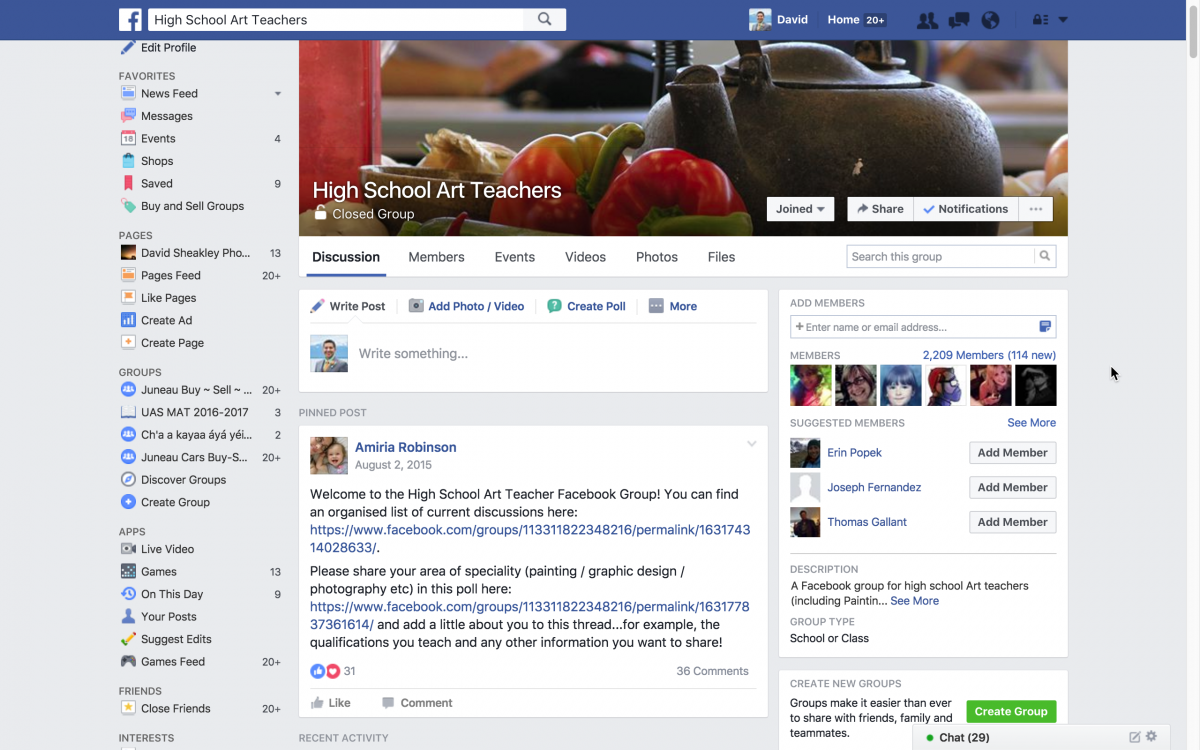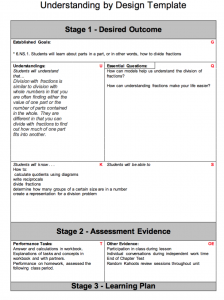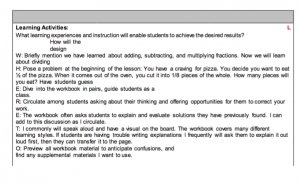Assessments that are authentic do not limit students. Students are able to apply what they have learned to a new situation, by using thinking skills to determine what information is useful from what they have learned. Authentic assessments should allow opportunities to research, practice, and get feedback on the product.
An example of authentic assessment in my host teacher’s classroom is the Science Project that students need to complete by the end of the first semester. Students select a subject that is related to science that interests them like the Accuracy of the volleyball serve, Effect of music on the swimming speed, UV light and the effects of sleep, to Roller Derby techniques. Students are given all the necessary tools for resources in the digital library, and they get constant feedback from my host teacher and the high school English Teacher. Students receive an outline with the requirements for each section of the project.
PHYSICAL SCIENCE PROJECT OUTLINE
- Must be a true research project with a control.
- Project must be approved by the instructor.
- Must be done as a single document which is capable of turning into a pdf file for a web site.
Outline of Requirements
- Title page: Which includes your name, Project name, and class period
- Introduction: (Research Essay) minimum four double spaced pages with all margins no greater than 1 inch.
a) The introduction is a Research Essay based on your library research. The purpose of the research is to insure that you have enough knowledge of your project idea to conduct an experiment and make a valid hypothesis. The Research essay must be well organized and include parenthetical citations.
b) It will be followed by a third page which is a works cited page. The Work Cited page will contain at least 5 different sources. No more than 1 of the original 5 can be an encyclopedia and the remainder must be authentic, and reliable resources.
c) Electronic note cards. There will be 5 electronic note cards that are filled out and have been used in the introduction. They must be associated with the cited page.
We will follow the MLA method of citing your sources. The example of a correctly written work cited page is located in the library and from the English teacher .
3. Problem: on one page
The problem will be one or two sentences starting with the phrase “The problem that I am trying to solve is……..” You need to be very specific it needs to be supported by your experiment. Then, also, you need to include why this is an important question to you.
4. Hypothesis: on one page
You will attempt to determine what will occur before you begin to experiment. Include on this page the documented support, from research, reasons you believe that your predicted answer will be the outcome of your project
5. Material : A list of all materials used by you during the actual experiment.
6. Procedure: one or more pages
a) The procedure will be a complete step by step set of instructions describing every step you took when actually testing your problem.
b) Multiple trials are necessary, your procedure would then read “repeat steps x-y, z times”
7. Data pages
a) You will need to tabulate your observations as often necessary. This organized record of observations must be included in the project write up.
b) At least 3 Sections of your data must also be presented in a pictorial demonstrations, be used when designing your Conclusion.
8. Conclusion: One page single spaced
In your own words you will need to answer the following questions in complete well thought out answers paragraphs.
a) Was your hypothesis completely correct, partially correct or incorrect? You will need to include your actual data to support the analysis of your hypothesis.
b) What would I do different? What new variables, or new methods to collect data, or how could I better control my variables.If I redo this experiment, why would these choices improve my project?
c) What new ideas (serendipitous observations) did I learn from performing this experiment?
d) What did you like about this experiment
e) What type of surprises did the experiment have as you did it? Why were you not able to predict these occurrences?
f) How can this experiment be used in a real world application?





